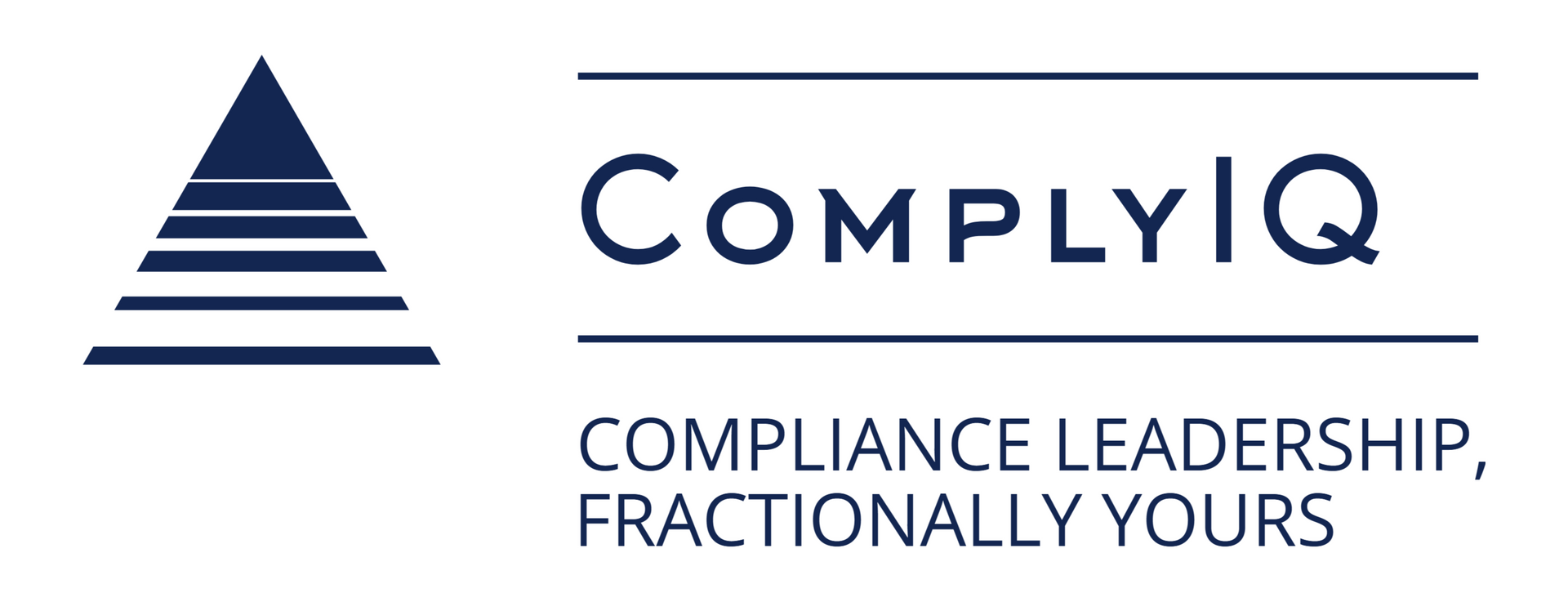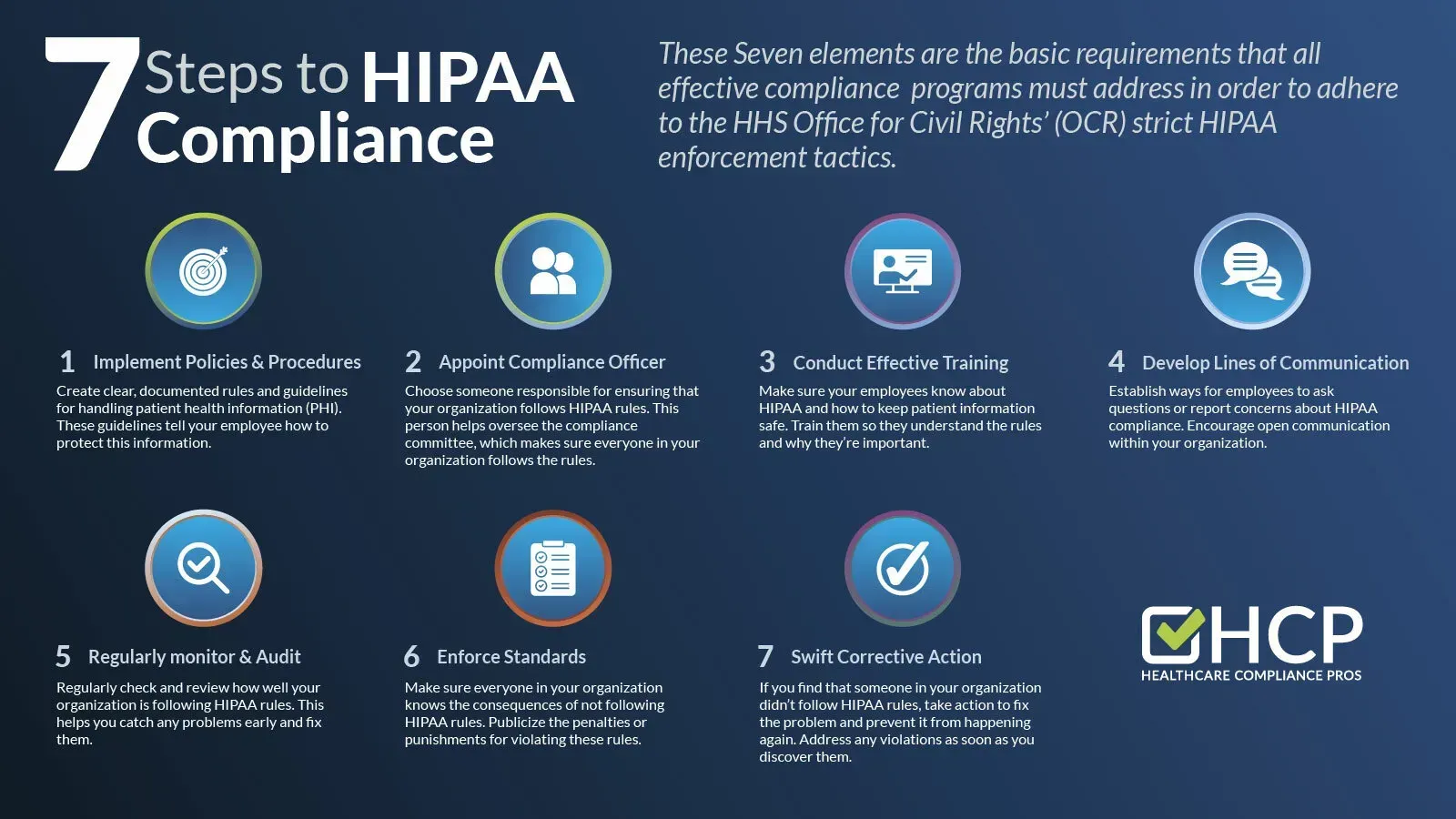Regulatory Incident Management: A Program Overview for Fintechs
Learn a three‑pillar Regulatory Incident Management Framework: An overview that maps governance, detection, and reporting into sprint‑ready playbooks for fintech teams.

Why This Guide Matters
Incidents delay your launches.
Regulatory Incident Management: A Program Overview gives fintech teams a clear, usable path from discovery to regulator filing. It shows the controls, roles, and lifecycle you need to stop surprises and ship features on time.
In this guide you’ll get a three‑pillar program, practical controls, checklists, and a sprint‑ready playbook you can adopt this quarter.
Who should read this.
- CCOs who need a repeatable incident playbook.
- Engineering leads who want clearer gating rules.
- Product owners who must keep releases on schedule.
Why Regulatory Incident Management is Necessary
A single incident can trigger multiple reporting duties across states and federal agencies. That creates legal exposure, remediation expense, and product delays.
Regulators publish enforcement actions that show consumer‑facing failures often lead to fines and remediation orders. State breach notification laws vary by trigger and timing, so a 50‑state plan matters.
When payments or customer funds are involved, AML/BSA rules may require filings with FinCEN. That adds legal complexity and confidentiality duties.
Common approaches:
- Patchwork firefighting: fast code fixes, slow legal follow‑up.
- Hourly legal model: expensive, reactive, and often slow.
- Program approach: predefined roles, evidence capture, and mapped reporting — fastest to resolution.
Two short examples:
- A UI change removed a fee disclosure. Engineering rolled back the change, but multiple state regulators asked questions. The missing gating control cost weeks.
- An S3 misconfiguration exposed logs with PII. Sponsors and card brands demanded forensic reports. The lack of preserved snapshots extended the investigation.
Prioritize building a program:
- After an incident.
- Before launching in a new state.
- During fundraising or diligence windows.
Framework Overview — Three Practical Pillars
Our program has three pillars: Governance, Detection & Response, and Reporting & Remediation. Each pillar maps to concrete actions you can implement in 30–90 days, assigning each pillar and Owner and Example Control.
Stop the flow. Preserve the logs. Do that first, every time.
Pillar 1 — Governance and Roles Defined
Assign clear owners. Small fintechs can use a compact RACI:
- Accountable: CCO
- Responsible: Incident commander (ops/engineering)
- Consulted: Legal, product, engineering leads
- Informed: CEO, Board
Write decision thresholds into policy.
- Material customer fund impact → Board escalation.
- Data exfiltration of PII → CCO + legal immediate involvement.
Actionable tweak for small teams: name a rotating incident commander and publish a one‑page escalation chart where it’s visible in Slack and your on-call rota.
Pillar 2 — Detection and Triage Methods
Surface signals from monitoring alerts, customer complaints, sponsor flags, or regulator letters.
Score incidents on two axes:
- Impact (customer funds, PII, service availability).
- Likelihood (exploitability).
Map score bands to SLAs and response levels:
- High impact / high likelihood → CCO + Board notification within 4 hours.
- Medium impact / medium likelihood → Incident commander triage, next update in 24 hours.
Use MITRE ATT&CK to classify behavior and tune rules. For procurement context on SIEM/EDR categories, refer to the buyer primer.
Automation examples:
- Tag transactions that hit new thresholds.
- Raise a ticket if CloudTrail shows a dangerous action.
- Create audit trails for flagged customers.
Practical example: an alert shows a spike in refund volume. Tag affected accounts, run a synthetic transaction to confirm the pattern, and set a short‑term blocking rule while you investigate.
Building Program Controls
Make controls that stop incidents, detect them early, and document everything.
Prevention controls — Inventory and harden product flows
Start with an inventory. Map product flows, data touchpoints, and third‑party dependencies.
Harden technical controls:
- Input validation and secure defaults to prevent logic errors. See OWASP Top 10 for common vulnerabilities.
- Least privilege for service accounts.
- Feature gating: require CCO sign‑off before enabling payments or new state launches.
Policy template (one sentence): “No live feature for payments or disclosures without completed inventory, completed 50‑state checklist, and CCO approval.”
Practical task list:
- Run a data flow mapping session with product and engineering.
- Tag high‑risk flows and add a gating rule in CI/CD.
- Put ownership and SLAs in your release notes.
For banking sponsor expectations and exam context, consult FFIEC cybersecurity resources.
Detection and monitoring controls — Observability and testing
Add observability hooks: structured logs, correlation IDs, and exception metrics. Track regulatory flags like unusual refund patterns or rapid account creation.
Tune alerts to reduce false positives. Start with conservative thresholds, measure noise, then tighten rules. Test detection with tabletop exercises and synthetic transactions. CISA provides tabletop templates to run these exercises with cross‑functional teams. Use MITRE detection mapping for cloud and enterprise examples.
Checklist for detection health:
- Correlation IDs present in all services.
- Alert thresholds documented and reviewed monthly.
- Quarterly synthetic transaction test.
Example: run a synthetic account creation each quarter that follows the path a real user would take. If alerts fail to trigger, you know detection needs work.
Documentation and evidence controls — Capture audit packages
Create a standard incident record: timeline, detection artifacts, mitigation steps, evidence links, and ownership. Use chain‑of‑custody where forensic images are required.
Retention guidance:
- Keep core artifacts aligned to regulator expectations. Check specific statutes for retention length.
- Index evidence in a simple folder: timeline.md, logs.zip, snapshots, communications.
Use SANS guidance for triage checklists and evidence capture. For payment card incidents, follow PCI incident response guidance.
Short tip: name files consistently. A clear filename like incident‑2025‑08‑01_timeline.md saves time in an exam.
Incident lifecycle and a practical playbook
Make this lifecycle your default. Convert each phase into short runbooks and Jira templates.
Phase 1 — Detection and initial triage checklist
Detect: incidents come from monitoring, customers, sponsors, or regulators. Every signal creates an incident ticket.
Triage five steps:
- Confirm the event — verify logs and alerts.
- Scope affected systems and user subsets.
- Classify the incident type (data leak, funds issue, outage).
- Score impact x likelihood.
- Assign an owner and set the next update time.
Initial communication template:
- Subject: Incident detected — brief one‑line summary.
- Body: What happened; who’s working it; next update in X minutes.
Adapt Atlassian templates for quick, regulator‑aware internal notices. NIST's incident handling guide is the canonical lifecycle anchor. Align your process to its stages: prepare, detect, analyze, contain, eradicate, recover, and post‑incident.
Example timeline (first 24 hours):
- Hour 0: Ticket created, owner assigned.
- Hour 1–4: Preserve logs, snapshot systems, initial scope.
- Hour 8–24: Root cause hypotheses and containment steps confirmed.
Phase 2 — Containment and Short-term Mitigation Steps
Contain to limit harm: toggle the feature, apply a blocking rule, or pause a payment rail. Preserve logs immediately; prevent rotation and create snapshots. Use cloud vendor guidance for evidence capture; AWS provides practical steps for preservation and tooling.
War‑room rules:
- One Slack channel, one timeline doc.
- Required attendees: incident commander, engineering lead, product owner, legal, CCO.
Follow Google SRE incident response guidance for on‑call behavior and runbook discipline.
Quick war‑room checklist:
- Confirm channel and calendar invite.
- Confirm preservation actions done.
- Set a 30‑minute cadence for updates until stable.
Phase 3 — Investigation and root cause steps
Reconstruct a timeline using logs, commits, and deployment records. Map attacker techniques with MITRE ATT&CK to focus evidence collection. Perform code review, trace transactions, and correlate system events.
Document hypotheses, what you checked, and what you ruled out. Escalate when triggers are hit: material consumer harm, regulator contact, or cross‑border exposure. Use SANS templates for investigation notes and chain‑of‑custody forms.
Short investigation checklist:
- Timeline reconstructed within 24 hours.
- Key logs preserved and indexed.
- Hypotheses documented and tested.
Real-world example: if a deployment coincides with a spike in failures, preserve the deployment artifact and trace the change to a specific commit before rolling back.
Phase 4 — Notification and regulatory reporting steps
Map who must be notified across federal and state regimes before sending any notices. State laws differ on triggers and deadlines. Use the NCSL map to check specifics. For SAR considerations, see FinCEN SAR guidance.
Templates and timelines:
- State regulator notice: short factual statement + impact assessment.
- Sponsor bank notice: include forensic hold and remediation plan.
- CFPB/other federal notices as applicable.
Double‑check notices with counsel and the CCO before sending. Use industry summaries for a ballpark on timing and expectations.
Practical reminder: factual, short, and dated. Regulators want the timeline and the scope — not opinion.
Phase 5 — Remediation and lessons learned steps
Assign short‑term fixes and long‑term changes with owners and acceptance criteria. Validate changes with a monitoring window and set success metrics.
Post‑incident work:
- Produce a one‑page playbook and a 10‑slide executive summary.
- Run a postmortem using Atlassian’s incident postmortem template and publish a clear action list.
- Update playbooks and train teams.
Short postmortem rule: agree on three corrective actions, owners, and dates. Close the loop within 30 days.
Playbook deliverable and sprint integration
Package deliverables:
- One‑page incident playbook per incident type (first 60 minutes).
- 10‑slide exec summary for Board or investors.
Jira integration:
- Create incident epic template with subtasks: preserve logs, notify stakeholders, patch deploy, postmortem.
- Link runbooks to the epic so engineers follow steps without hunting for docs. GitLab’s incident handbook gives a practical model for version‑controlled playbooks.
Key takeaways and next steps
A three‑pillar program and a clear lifecycle turn incident chaos into a repeatable process. Decide roles, add detection hooks, and make reporting routine.
If you can do one thing this week: map your top three data flows and assign a gating owner.
7‑day Practical Starter Checklist
Day 1 — Map top 3 data flows and note owners.
Day 2 — Add correlation IDs to one high‑risk service.
Day 3 — Create an incident ticket template in Jira.
Day 4 — Run a 30‑minute tabletop on a single scenario.
Day 5 — Draft a one‑page playbook for the top incident type.
Day 6 — Share the playbook with legal and product for review.
Day 7 — Schedule the first synthetic transaction test.
FAQs
Q: What qualifies as a regulatory incident?
A: Reportable incidents usually involve consumer harm, PII exposure, customer fund impact, or activity that triggers statutory notice or filing duties. Score incidents to decide when to escalate.
Q: How fast must regulators be notified?
A: Timelines vary by state and regulator. Some state laws require notice within days. FinCEN controls SAR timing for suspicious activity. Check state maps for specifics.
Q: Who should lead incident response in a small fintech?
A: CCO should own regulatory coordination. An incident commander (ops/engineering) should run technical containment. Legal and product consult. CEO/Board are informed per escalation thresholds.
Q: Can a fractional CCO handle cross-state reporting?
A: Yes. Fractional CCO Services can coordinate multi‑state strategies and filings and translate obligations into submission packs).
Q: How do I test my incident playbook?
A: Run tabletop exercises and simulated incidents. Use CISA and academic guides to design realistic scenarios. Measure update cadence and SLA performance.
Q: What evidence should I keep for exams?
A: Keep a timeline, preserved logs, snapshots, remediation tickets, and all communications. Use chain‑of‑custody forms and index packages for examiner review.
Q: How much does building this program cost?
A: Costs vary by scale. An initial gap assessment and playbook are a modest engagement compared to a full‑time hire.










